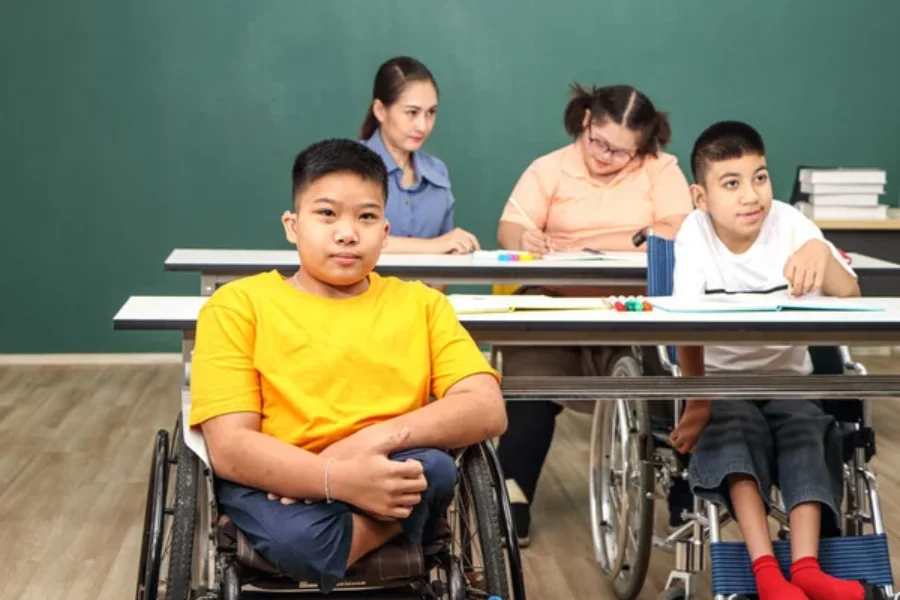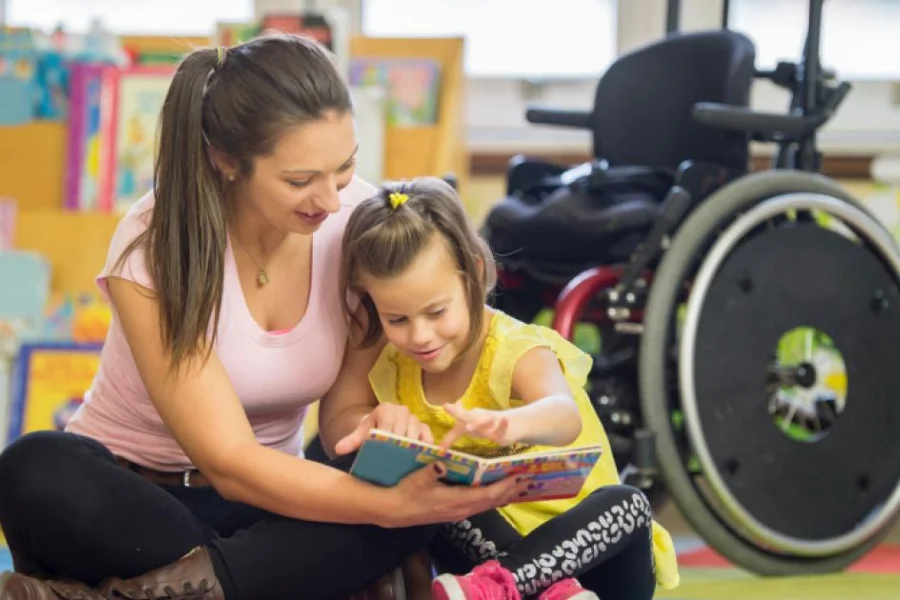What is High Functioning Spectrum?

Source: shutterstock
What is High Functioning Spectrum?
High Functioning Spectrum refers to autistic individuals who do not need much assistance in their daily lives and can function without much support. High-functioning individuals are referred to a group of persons on the autism spectrum who are usually stated as having High-functioning autism (HFA).
This term describes people with autism spectrum disorder (ASD) who can manage their daily lives without support. They typically can speak, read, write, and handle basic life skills independently. However, even with their ability to function in many parts, people on the High Functioning Spectrum may still meet challenges in social interactions, sensory sensitivities, and all parts of daily life.
For more Details on the Diploma in SEN Call / Whatsapp at +919869546913 / +919869866277
To Download the Brochure of my Diploma in SEN, Click Here!
Table of Content

Source: istockphoto
What are the High Functioning ASD Symptoms?
High Functioning ASD Individuals may be able to read, write, and learn correctly but their functional abilities of interacting socially and following daily routines are a struggle. High-Functioning ASD Symptoms are numerous but they mostly hamper their social and emotional skills.
To cater to the needs of High functioning ASD individuals it is extremely essential to understand the exclusive features of this syndrome.
Below are some common High Functioning ASD Symptoms:
Social Interaction
People with HFA may struggle with weak social skills, making it difficult to engage in social interactions. They may avoid eye contact, find it hard to engage in small talk, and often miss social signs.
Communication
Imperfect vocabulary and rare nonverbal communication are often observed. Individuals might have difficulty expressing themselves clearly and may use body language or facial expressions in ways that seem strange or out of context to others.
Repetitive and Restrictive Habits
A strong preference for routine and order is common. People with HFA may engage in repetitive behaviours and have hobbies or habits that seem peculiar to others.
School and Work
Performance in school and work environments can vary greatly. Some individuals shine academically, while others may feel stunned and struggle to concentrate.
It’s important to note that high-functioning ASD is not a formal medical diagnosis and it does not include all the experiences of this Spectrum. Some argue that it prioritizes certain types of functioning, such as academic success or language abilities, potentially overlooking the support needs of those labeled as “high-functioning.”
Which are Home Autism Treatment?
Home Autism Treatment methods refer to a range of treatment strategies that can be easily conducted at home by parents to foster the child’s progress. Parents are educated about these tactics which are devised exclusively keeping in mind the child’s specific learning needs in their home surroundings where they feel most secure and comfortable. This ensures better achieving of learning objectives guaranteeing better learning outcomes.
Here are some effective Home Autism Treatment options:
Play Way Method Approach
This treatment comprises structured activities with a proper step-by-step method that helps to achieve the desired behaviours. These activities hold the child’s attention and at the same time, the child is engrossed in learning something new in a secured safe home atmosphere.
Speech Correction Treatment
This approach uses teaching approaches and therapies to improve a child’s communication. Using Speech therapy helps children to voice out their needs and express themselves in a better way.
Applied Behaviour Analysis (ABA)
Applied Behaviour Analysis is an approach used to implement strategies to reinforce positive behaviours in the child. Using ABA at home by parents helps to reduce disruptive behaviours of the child enabling them to build strong meaningful relationships.
Floor time
The floor time method fosters emotional connection and encourages communication, making it a valuable component of Home Autism Treatment.
Parent-Child Therapy (PCIT)
PCIT is devised for parents to understand certain exclusive behaviour-related techniques and implement them to promote healthy behaviour patterns. This therapy helps to derive the expected behaviours and strengthen the parent-child bond as well.
Implementing these Home Autism Treatment methods can make a significant difference in a child’s development, especially for those on the High Functioning Spectrum. By creating a supportive and consistent environment at home, parents can help their children thrive in various aspects of life.

Source: istockphoto
Course Autism
The Course Autism has been curated diligently keeping in mind the varied educational needs of the children and ways to equip teachers, educators, and Parents with the ideal teaching pedagogies and methodologies which will help the child to flourish organically in a mainstream classroom. It comprises modules that have an in-depth understanding of the different symptoms, their effects, and ways to tackle these challenges effectively.
An eminent teacher training Institute Vidhyanidhi Education Society (Govt. Regd.) has initiated a top-notch Diploma in Special Education Needs Course which has a detailed mention of the high-functioning Autism spectrum which is extremely important for those who wish to specialise in this field of ASD.
Here’s what the Course Autism encompasses:
Understanding Autism
This module has a comprehensive overview of Autism, its importance, and symptoms and explores the effects of autism on a child’s overall development.
Sensory Issues of Processing
Autistic individuals are highly sensitive when are exposed to blaring lights, loud sounds, etc. This section covers the aspects of high-functioning autistic individuals related to sensory processing issues which can lead to unique challenges in their daily lives.
Social Skills Building
This module is based on building the social skills of the child mainly communication skills which enable them to express themselves and communicate better for meaningful relationships.
Repetitive Behaviours
An overview of repetitive behaviours often seen in autism is provided.
Co-existing learning conditions
This section focuses on the learning conditions that co-exist alongside such as ADHD, Anxiety, and Dyslexia, and how these conditions severely impact the progress of the children.
Strengths and Areas needing attention
This section helps to identify the areas that need attention for the child’s progress and how to use their strengths to maximize their potential.
Correction Strategies and Interventions
Learning about the different approaches and strategies to be implemented for providing support to children on the autism spectrum effectively.
By completing Diploma in Special Education Needs Course, participants will be well-equipped to make meaningful contributions to the lives of individuals on the High Functioning Spectrum and beyond.
Empower lives with our Diploma in SEN from Vidhyanidhi Education Society & unlock potential today!
For more Details on the Diploma in SEN Call / Whatsapp at +919869546913 / +919869866277
To Download the Brochure of the Diploma in SEN, Click Here!
FAQs
Can an Autistic Child be a Genius?
Yes, some autistic children have amazing talents or scholarly abilities, though this varies widely and is not common for all individuals on the spectrum.
What is the Best Study Method for Autism?
The best study method for autism involves individualized approaches, incorporating visual aids, structured routines, and supportive guidance, as offered by the Vidhyanidhi Education Society.




